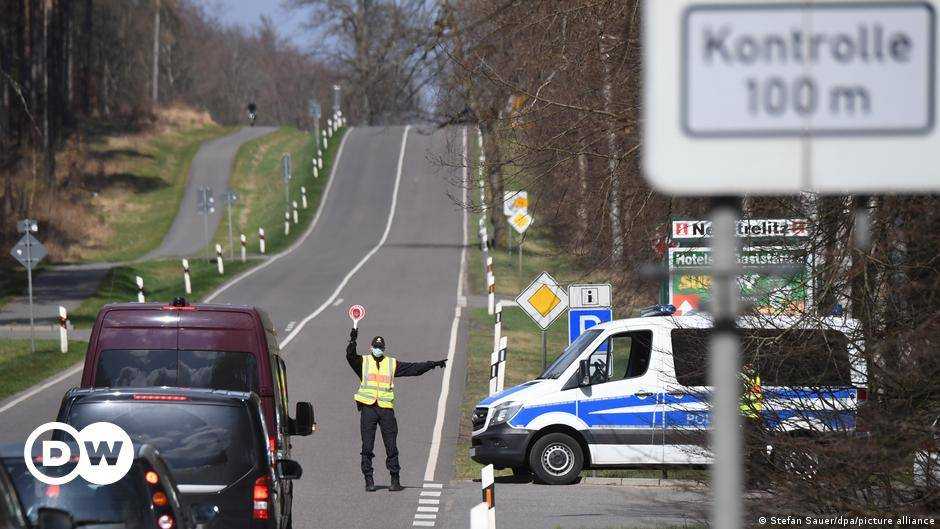Wild animals could not pass through the wall at high tide
Following criticism of the location of a fence to control the movement of wild boar, potential carriers of African swine fever (ASF), in the Lower Oder Valley National Park, the German Ministry of Agriculture announced it would repair the fence by partially relocating it.
The location of the fence is problematic as it prevents animals from leaving a floodplain that is regularly affected by flooding. Authorities responded to the finding of injured and killed wildlife along the fence line. The conversion starts immediately.
At the beginning of the year, other injured and killed wild animals were found on the ASP fence in the Lower Oder Valley National Park. In the event of severe flooding, the animals could not have climbed the 1.2 meter high fence, the government statement said. The district of Uckermark reacted immediately by temporarily opening gates, lowering fences to 80 cm and creating wildlife enclosures and ramps for small animals. The measures were evaluated with wildlife cameras, which showed how deer used the openings.
The agreed conversion is intended to further improve the situation of wild animals in the region.
Solid fences are the most important measure in the fight against the highly dangerous African swine fever. Brandenburg, Saxony and Mecklenburg-Western Pomerania are currently the regions most affected by the disease.


/cloudfront-us-east-1.images.arcpublishing.com/tgam/N3VP7TXOENMGRE7NHWDTPKRCTY.JPG)

